Here are 3D & 2D spectrogram plots of an example signal from scipy that you can find at the end of this page.


from matplotlib import mlab
import matplotlib.pyplot as plt
import numpy as np
# Fixing random state for reproducibility
np.random.seed(666)
title = ('2 Vrms sine wave with modulated frequency around 3kHz, '
'corrupted by white noise of exponentially decreasing '
'magnitude sampled at 10 kHz.')
fs = 10e3
N = 1e5
amp = 2 * np.sqrt(2)
noise_power = 0.01 * fs / 2
t = np.arange(N) / float(fs)
mod = 500*np.cos(2*np.pi*0.25*t)
carrier = amp * np.sin(2*np.pi*3e3*t + mod)
noise = np.random.normal(scale=np.sqrt(noise_power), size=t.shape)
noise *= np.exp(-t/5)
y = carrier + noise
def specgram3d(y, srate=44100, ax=None, title=None):
if not ax:
ax = plt.axes(projection='3d')
ax.set_title(title, loc='center', wrap=True)
spec, freqs, t = mlab.specgram(y, Fs=srate)
X, Y, Z = t[None, :], freqs[:, None], 20.0 * np.log10(spec)
ax.plot_surface(X, Y, Z, cmap='viridis')
ax.set_xlabel('time (s)')
ax.set_ylabel('frequencies (Hz)')
ax.set_zlabel('amplitude (dB)')
ax.set_zlim(-140, 0)
return X, Y, Z
def specgram2d(y, srate=44100, ax=None, title=None):
if not ax:
ax = plt.axes()
ax.set_title(title, loc='center', wrap=True)
spec, freqs, t, im = ax.specgram(y, Fs=fs, scale='dB', vmax=0)
ax.set_xlabel('time (s)')
ax.set_ylabel('frequencies (Hz)')
cbar = plt.colorbar(im, ax=ax)
cbar.set_label('Amplitude (dB)')
cbar.minorticks_on()
return spec, freqs, t, im
fig1, ax1 = plt.subplots()
specgram2d(y, srate=fs, title=title, ax=ax1)
fig2, ax2 = plt.subplots(subplot_kw={'projection': '3d'})
specgram3d(y, srate=fs, title=title, ax=ax2)
plt.show()
BONUS:
You can listen to the signal by creating a wav file using scipy:
from scipy.io import wavfile
wavfile.write('sig.wav', int(fs), y)

 Thanks for any replies.
Thanks for any replies.
